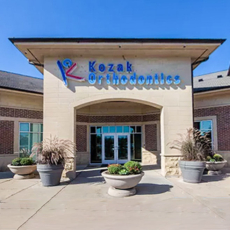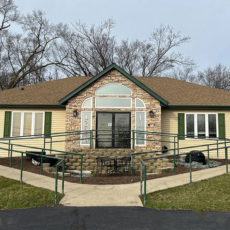Phase 1 and Growth Monitoring For Kids
Every kid deserves a head start on a great smile. Kozak Orthodontics gives kids ages 5-10 exactly that—and much more!
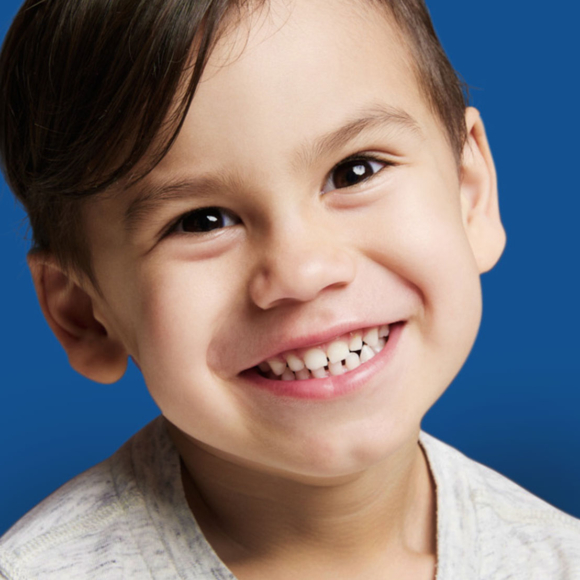
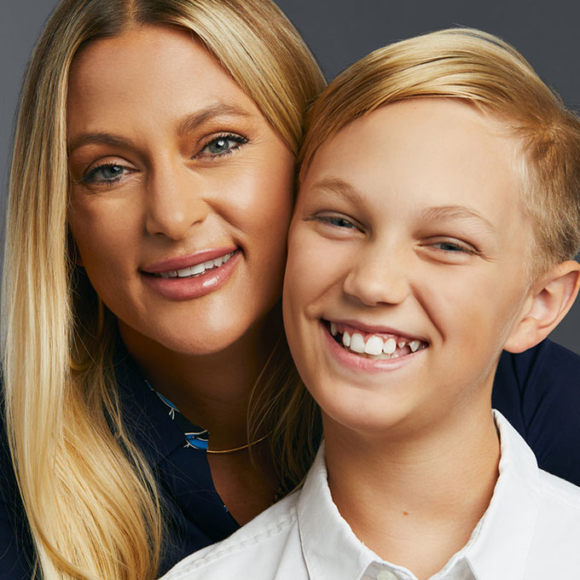
When should my child see an orthodontist?
Though an orthodontist can improve a smile at any age, there is an ideal time period to start orthodontic treatment. The American Association of Orthodontists recommends that parents schedule their child’s first orthodontic visit no later than age 7—and we agree.
At this early age, a comprehensive evaluation provides both timely detection of problems and a better opportunity for the most effective and efficient treatment.
Without pediatric dental monitoring, crowding and other potential problems may make orthodontic treatment more challenging later in life. In addition, some kids benefit from “phase 1” treatment.
What is Orthodontic Growth Monitoring?
As a parent himself, Dr. Kozak understands the importance of helping kids become the very best they can be, and at Kozak Orthodontics, we’re passionate about all the benefits of a healthy, confident smile.
Our growth monitoring program gives Dr. Kozak and his team the opportunity to watch for orthodontic issues before they become more serious. This can potentially make orthodontics treatment in your little one’s later years a lot easier. For example, we’ll monitor:
- Potential cross-bite and open bite development
- Obstructive breathing issues—is your child a mouth breather?
- Position of baby and permanent teeth
- Dental overcrowding or spacing which could hinder or affect permanent tooth development or position
- How permanent teeth come in
- Teeth at risk for injury or decay due to protrusion or overcrowding
- Harmful habits that may cause orthodontic problems (thumb sucking)
- Oral hygiene and overall dental health
- A balanced facial appearance
Although orthodontic treatment may not yet be needed at this early age, a thorough examination enables the orthodontist to carefully monitor growth and development and therefore can assist in determining the most advantageous time to begin treatment.
What is Phase 1 Treatment?
We hear it all the time: “My child’s teeth look perfect to me!”
In reality, your child’s facial development has a number of distinct aspects, so orthodontists extensively study anatomical training in order to understand how the different parts interact—and not many orthodontists have had the level of training Dr. Kozak has in this area. As a result, his highly skilled perspective can spot subtle problems with jaw growth and emerging teeth while some baby teeth are still present.
And while treatment isn’t included as part of free growth monitoring, early treatment (also called Phase 1 treatment) could prevent more serious problems. In fact, there are cases when an uncorrected problem left for too long cannot be addressed with braces alone. So, Phase 1 treatment can give us the chance to:
- Potential cross-bite and open bite development
- Obstructive breathing issues—is your child a mouth breather?
- Position of baby and permanent teeth
- Dental overcrowding or spacing which could hinder or affect permanent tooth development or position
- How permanent teeth come in
- Teeth at risk for injury or decay due to protrusion or overcrowding
- Harmful habits that may cause orthodontic problems (thumb sucking)
- Oral hygiene and overall dental health
- A balanced facial appearance
Remember: We Make Orthodontics Fun for Kids!
Through our free growth monitoring program, our biggest hope is that, whether a child comes in for their own appointments or they’re accompanying an older sibling, they truly look forward to seeing us and learn how important taking care of their smile is in the process.
Schedule their first FREE orthodontic consultation today and get ready to watch their smile grow!

Straight Teeth for Life, Guaranteed
We stand behind our orthodontic care with a lifetime guarantee. If your teeth ever require re-straightening after you complete your final treatment with Dr. Kozak, we will gladly replace your braces at no charge. The only cost to you is a monthly charge for adjustments and the cost of a new retainer. A healthy smile should last a lifetime. For those rare occasions when it doesn’t, there’s the Kozak Lifetime Guarantee.
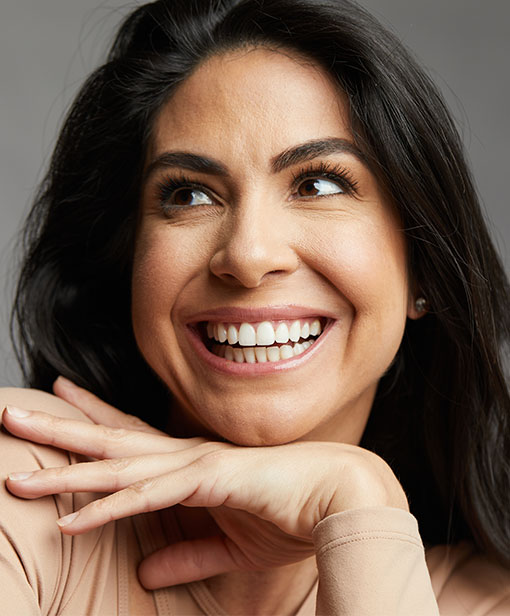
Growth Monitoring & Phase 1 Treatment FAQs
At what age should I schedule an appointment for an orthodontic screening?
The American Association of Orthodontists recommends an orthodontic screening at no later than age 7. By this age, several permanent teeth in most children have erupted, allowing us to effectively evaluate your orthodontic condition.
Will teeth straighten out as they grow?
Unfortunately, no. In fact, the opposite is true because in most people, after their permanent molars erupt, the space available for the front teeth decreases with age. This can lead to crowding.
Can orthodontic correction occur while a child has baby teeth?
Yes. Appropriate treatment timing is critical in orthodontics. Some orthodontic problems are significant enough to require early intervention. However, if your little one is not yet ready for treatment, we will follow their growth and development until the time is right for treatment to begin.
What is Phase 1 (early) treatment?
Phase 1 treatment, if necessary, usually begins with children between the ages of 7 and 10 and lasts 6 – 12 months. The primary objective for Phase 1 treatment is to address significant problems to prevent them from becoming more severe and to improve self-esteem and self-image.
Will my child need full braces if they have Phase 1 treatment?
It is best to assume that your child will need full braces even after Phase 1 treatment. The period following Phase 1 treatment is called the “resting period,” during which growth and tooth eruption are closely monitored. Throughout this period, we keep parents and patients informed of future treatment recommendations.
Will my child need an expander?
Some, but not all, children will benefit from treatment with a palate expander. At the completion of the initial examination and orthodontic records, we will determine whether your child needs an expander.


